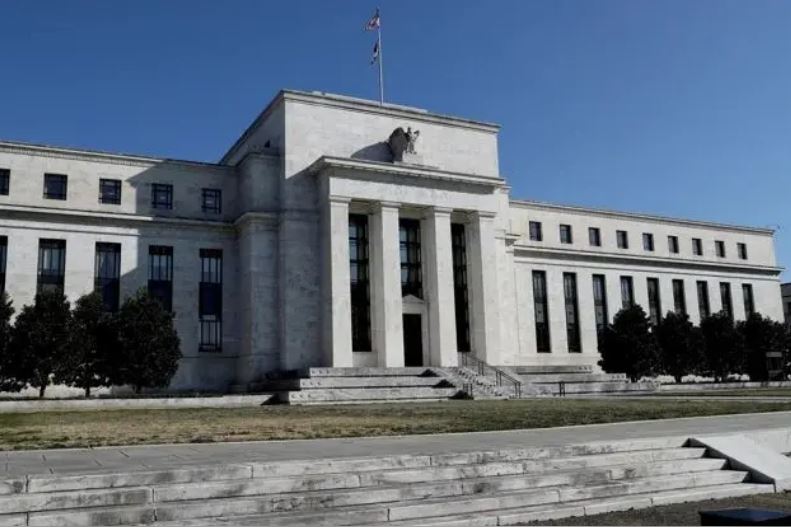As the Federal Reserve gears up for its meeting this week, Wall Street is bracing for the central bank to hold interest rates steady at 4.25% to 4.5%. With tensions flaring in the Middle East after Israel’s recent strikes on Iran’s nuclear and military sites, economists are sounding the alarm on rising global inflation, which could force the Fed to scale back its rate-cut plans to just one by year’s end.
“If the conflict escalates and oil prices stay elevated, it’s going to pile fresh pressure on the Fed, which is already grappling with potential inflation from tariffs,” said Robert Sockin, senior global economist at Citigroup. “Fed officials have made it clear they’re in no hurry to cut rates, given the uncertainty around how trade policies will ripple through the economy.”
Despite President Donald Trump’s repeated push for lower rates, the Fed has held firm, closely monitoring the impact of his aggressive trade and immigration policies. Last Friday’s attack by Israel on Iran sent oil prices surging, raising fears that prolonged conflict could further drive up global inflation. This has investors betting the Fed will stay cautious at this week’s meeting, opting to keep rates unchanged.
Trump’s unpredictable tariff policies are already complicating economic forecasts, with potential to increase unemployment and consumer prices. Now, with Middle East tensions back in the spotlight, the Fed has even more reason to proceed slowly. “Monetary policy isn’t built to handle geopolitical shocks like this, but it does mean the Fed will tread carefully,” said John Velis, chief Americas strategist at BNY Mellon.
While the influence of oil prices on U.S. inflation has waned since the 1970s oil crisis, significant swings in commodity prices or heightened geopolitical risks can still make policymakers wary. The Fed’s rate-hike cycle in 2022, triggered by Russia’s invasion of Ukraine, is a recent example of such caution.
The U.S. labor market’s strength gives the Fed room to wait. May’s job growth of 139,000 exceeded expectations, with unemployment steady at a low 4.2%. Job openings unexpectedly ticked up in April, and initial unemployment claims remain subdued. This resilience suggests the Fed can hold off on rate cuts until clear signs of economic weakness emerge—a scenario investors call a “bad news” cut.
“We’re keeping an eye on how long oil prices stay high,” said Jay Bryson, chief economist at Wells Fargo. “If the Middle East conflict widens, it could push inflation higher. But by late summer, we might see job growth slow. With federal layoffs looming before November, we could even see negative employment growth.”
Futures markets are pricing in a potential rate cut in October, but with global tensions and domestic policies in flux, the Fed’s next moves remain uncertain.

